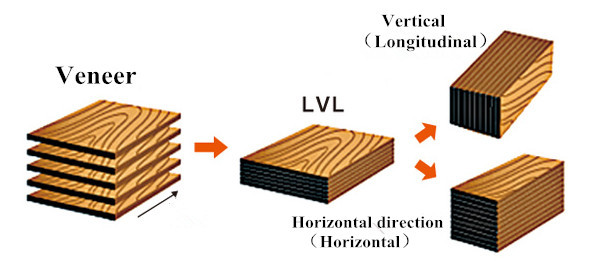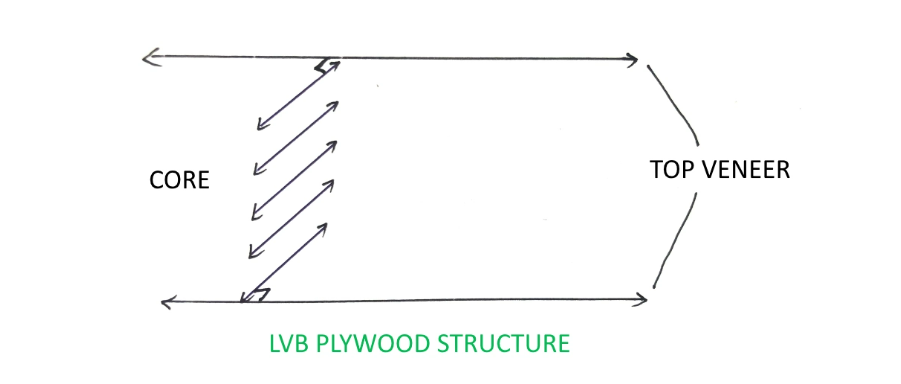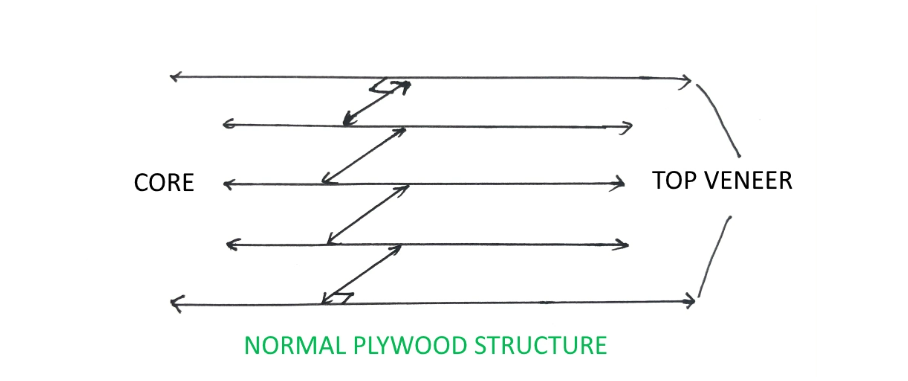Here are the key differences between LVL (Laminated Veneer Lumber), LVB (Laminated Veneer Board), and Normal Plywood:
- Composition:
- LVL (Laminated Veneer Lumber): Composed of thin veneer sheets that are bonded together with adhesives, usually in a parallel arrangement. Provides high strength and stiffness.
- LVB (Laminated Veneer Board): Similar to LVL, it is made of thin veneer layers but may have a different arrangement or use a variety of core materials.
- Normal Plywood: Constructed with layers of wood veneers glued together in a perpendicular arrangement. Comes in various grades and is suitable for a wide range of applications.
- Strength and Stiffness:
- LVL: Known for its exceptional strength and stiffness, making it suitable for structural applications, such as beams and joists.

- LVB: Offers good strength and stiffness, similar to LVL, and may have variations based on specific construction and materials.

- Normal Plywood: Provides strength suitable for various applications, but may not have the same structural capabilities as LVL.

- LVL: Known for its exceptional strength and stiffness, making it suitable for structural applications, such as beams and joists.
- Applications:
- LVL: Commonly used in structural applications where high strength is required, such as in construction for beams and headers.
- LVB: Used in a variety of applications, including furniture, cabinets, and general construction, depending on the specific type and construction.
- Normal Plywood: Versatile and used in a wide range of applications, including furniture, cabinets, flooring, and general construction.
- Cost:
- LVL: Generally more expensive due to its high strength and specialized use in structural applications.
- LVB: Cost may vary based on specific construction and materials, but it is often more affordable than LVL.
- Normal Plywood: Typically more cost-effective compared to LVL, suitable for a variety of applications.
- Appearance:
- LVL and LVB: Can have a smooth and consistent appearance, making them suitable for visible surfaces in furniture and construction.
- Normal Plywood: Comes in various grades with different surface appearances, allowing for options based on the desired aesthetic.
Understanding these differences can help in choosing the right material for specific project requirements.
Tags: #LVB, #LVL, #plywood